Steampunk as a social scene frequently has very little to do with Steampunk as a genre. Many Steampunks do not read a great deal of Steampunk fiction, you may be surprised to learn. The reason for this is quite simple. For the last few years, what was otherwise a geek sub-culture has suddenly become sexy and popular. This has brought in a lot of people who are interested, for now, in the surface attractions. A boom in Steampunk imagery has followed, all you have to do is glue a cog on it and give it a corset and a nice hat, right?
Wrong.
There’s nothing new in all of this. Previously, a growing social interest in witchcraft was fed into, and fed by programs like Charmed and films, especially The Craft, that have nothing to do with actual witchcraft. Right now the Heathens are seeing an influx of Loki worshippers who have seen some films and fancy Tom Hiddleston. Every time something catches the public imagination, a heap of creative folk will jump in to follow the market trend and make some money. Sooner or later, the fad shifts to a new focus, and either you shift with it, or you fall, or you integrate.
So we have the Steampunk genre that is a temporary fad, and in which you will find a lot of creativity from folk who have only a vague idea of what Steampunk is, have never met an actual Steampunk, and really don’t see any problem with that. The Steampunk community tends to take a similar stance, not being terrible interested in people who come in from the outside simply wanting to make a profit, and seeming to expect Steampunks to lap up whatever cog-encrusted product is offered. It’s as much an issue around jewellery and clothing as it is for books. The idea of Steampunk as a commercial genre is different from the community.
So, what is the Steampunk community about? It started as a social movement, and social contact remains its core purpose. Many people come in via a fondness for things gothic, I gather in the UK much of the Steampunk movement got its momentum via Whitby Goth Week. The aesthetic is important. It’s not historical re-enactment, it is all about creative anachronism; striking a balance between the recognisably Victorian and the playfully anachronistic. A great deal of creativity and imagination goes into attire, off the peg purchases just don’t work the same way. The clothing is a great ice breaker, Steampunks can easily identify each other, and commenting on someone else’s kit is both polite and a natural opener for conversations.
Steampunk is a diverse community. People on the outside mistakenly assume its all about colonialism, covert racism, and a period of intense sexism. Not at all. There are powerful multicultural movements within Steampunk. Empowerment and social responsibility are themes that come up in our more serious moments. We use subversion to political effect, and we mess with history deliberately to point out what should have been. It’s a fine blend of borrowing the good bits – the clothing, the hats, the manners and delightful eccentricity of Victorian England, and re-writing the wrong bits, the racism and sexual inequalities especially. Steampunk is about reclaiming our relationship with technology and it’s about the idea of heroic adventure inherent in Victorian thinking. There was a hope for the future, held by some, which we have entirely lost. We don’t dream big anymore, we do not dare to imagine on the scale the Victorians did.
Many of these threads and themes do not show up in books written about Steampunk by people not really engaged with it. Ideas about technology and society abound in actual Steampunk fiction. Commentary on the present goes hand in hand with re-imagining the past, if you’re doing it well.
There are authors who come from very much inside the Steampunk community. In the UK, we have, to name my favourites Emma Newman, Jonathan Green, Robert Rankin, Meg Kingston, and Craig Hallam. You’ll find them at events, not just to sell books, but to be part of it. There are no doubt others who I haven’t run into yet, because I don’t get out as much as I’d like. There are no doubt even more Steampunks who are writers, who either aren’t writing overtly Steampunk material, or who haven’t made a name for themselves yet. And of course there are other authors from further afield, who belong to Steampunk communities in other countries. I’m not greatly up to speed with the American scene, because I can’t participate there in person.
If you’re drawn to the buzzy new thing, if you want a read in a familiar genre, with some nice hats and the girls wearing corsets and carrying guns, all manner of books are available. If you want to get beneath that curious veneer and find out where the mechanised thumping heart of Steampunk is, go to an event. Nothing substitutes for that experience. Meet people. Hang out. You might even find some books to read.
Nimue Brown
Author of Hopeless Main graphic novel series, Steampunk novel Intelligent Designing for Amateurs, and somewhat responsible for the Secret Order of Steampunk Druids. Also writes about Druidry and creates other gothic fiction.
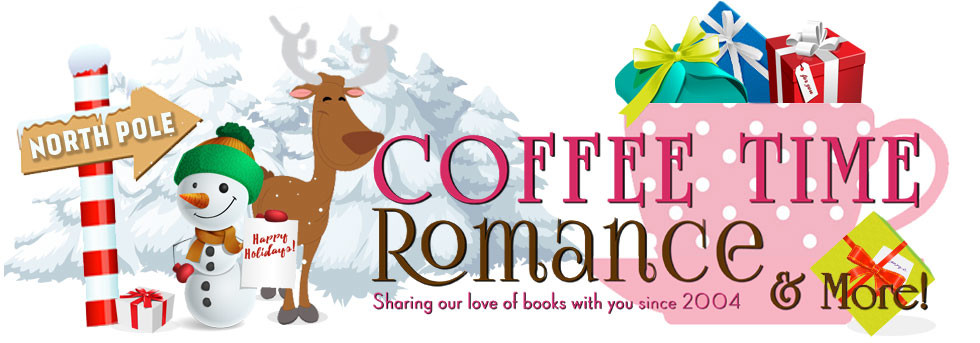

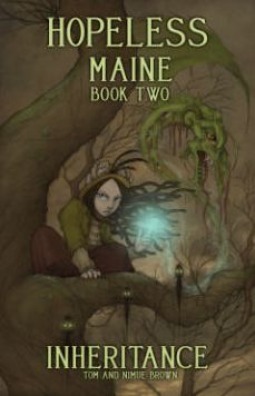




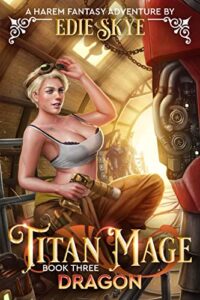

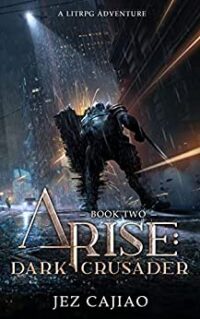
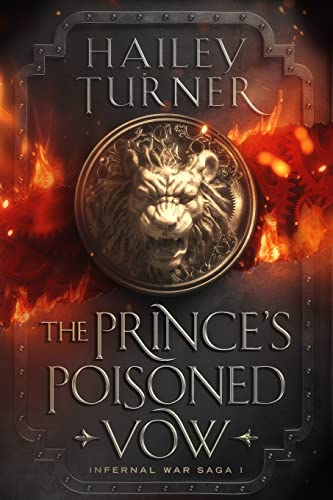



My favourite comment about steampunk is that it’s what happens when Goths discover brown… 😉 Like everything worth exploring, good things lie beneath the surface (be it covered in eyeliner or cogs) 😉